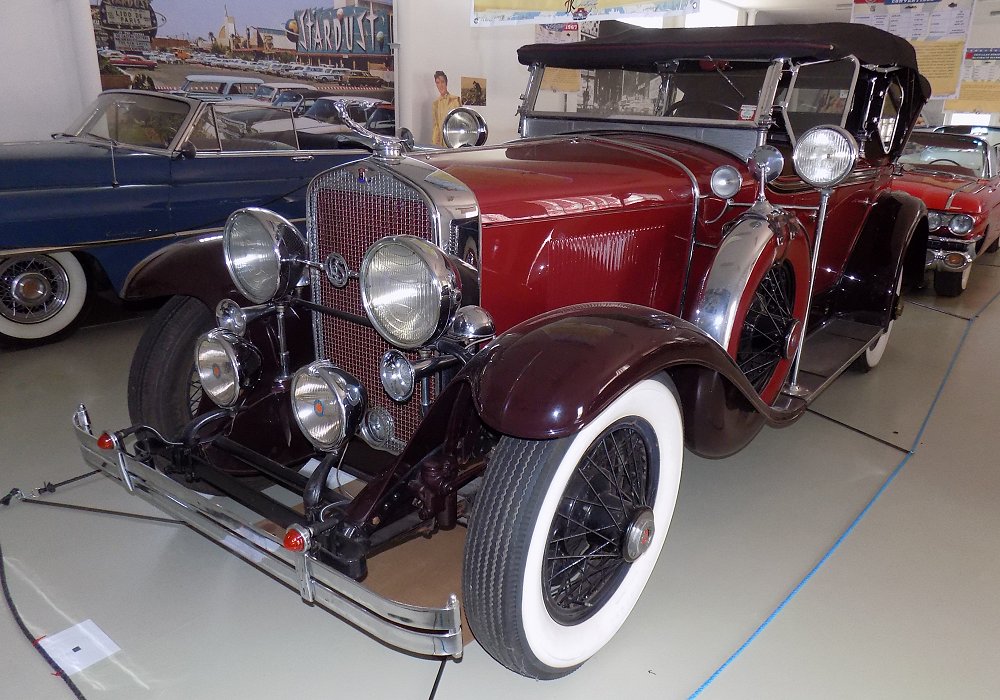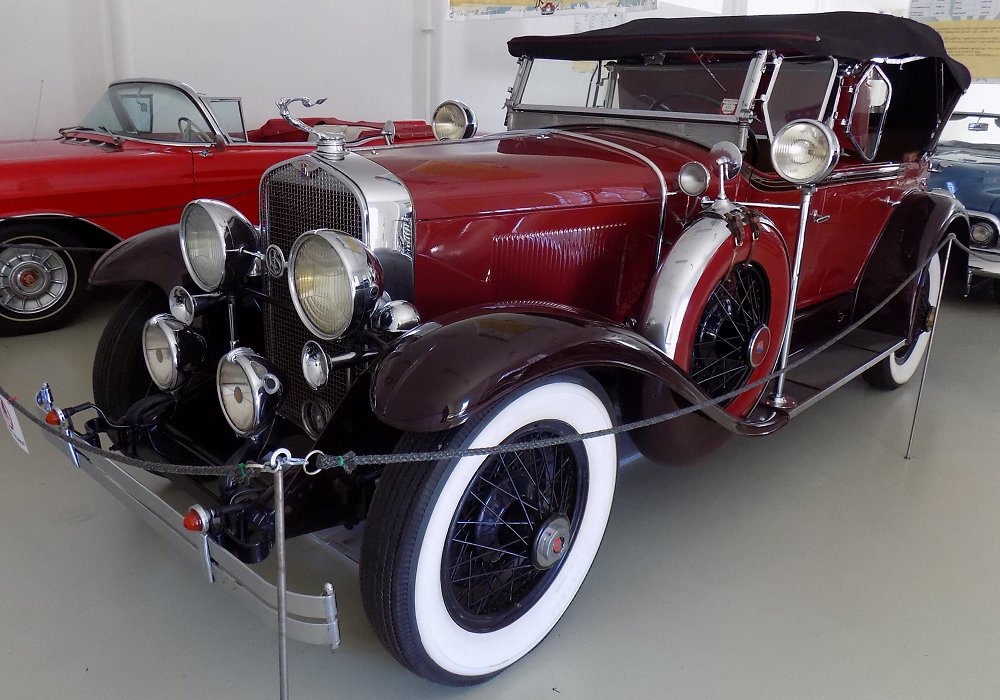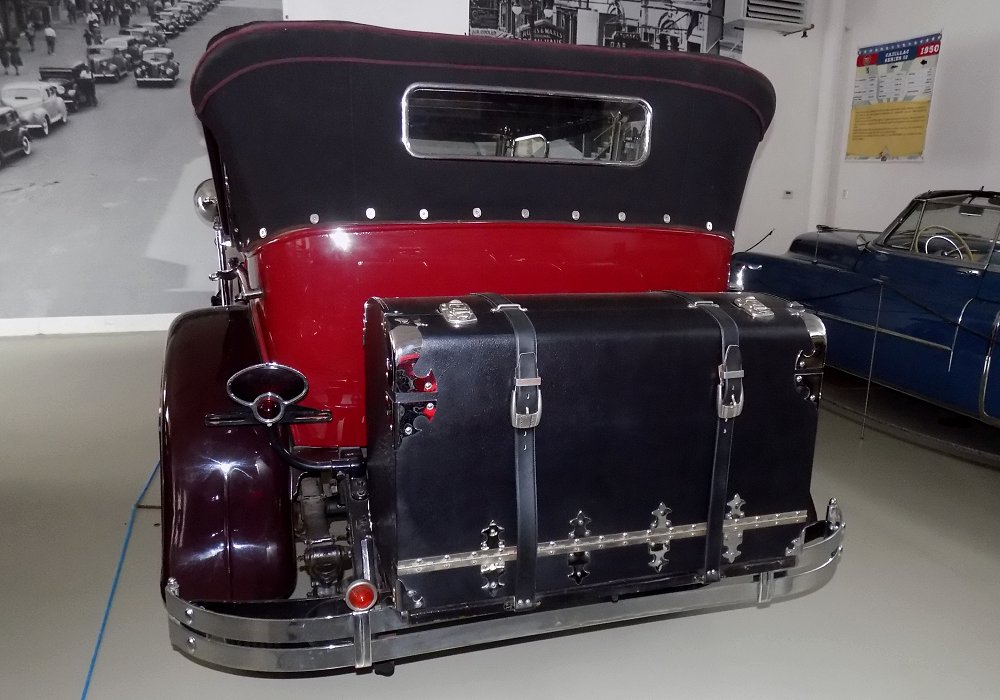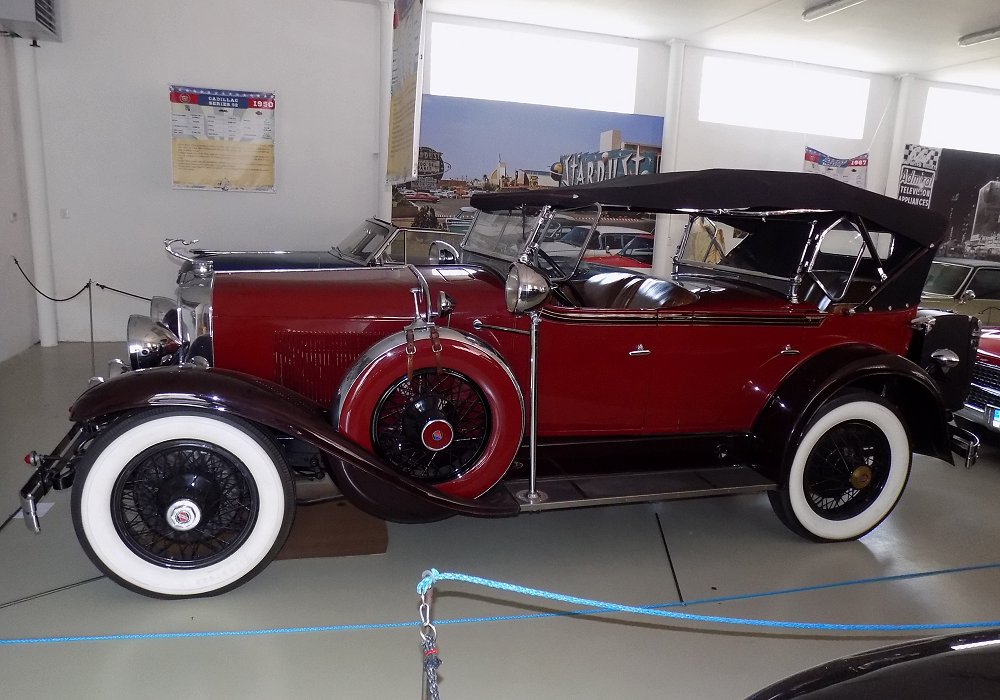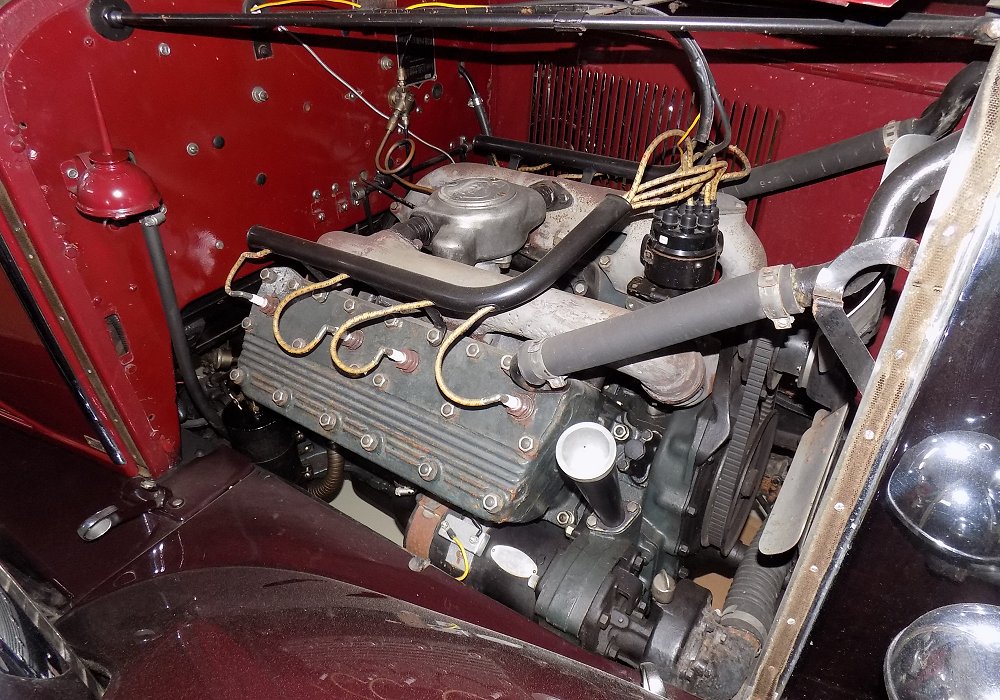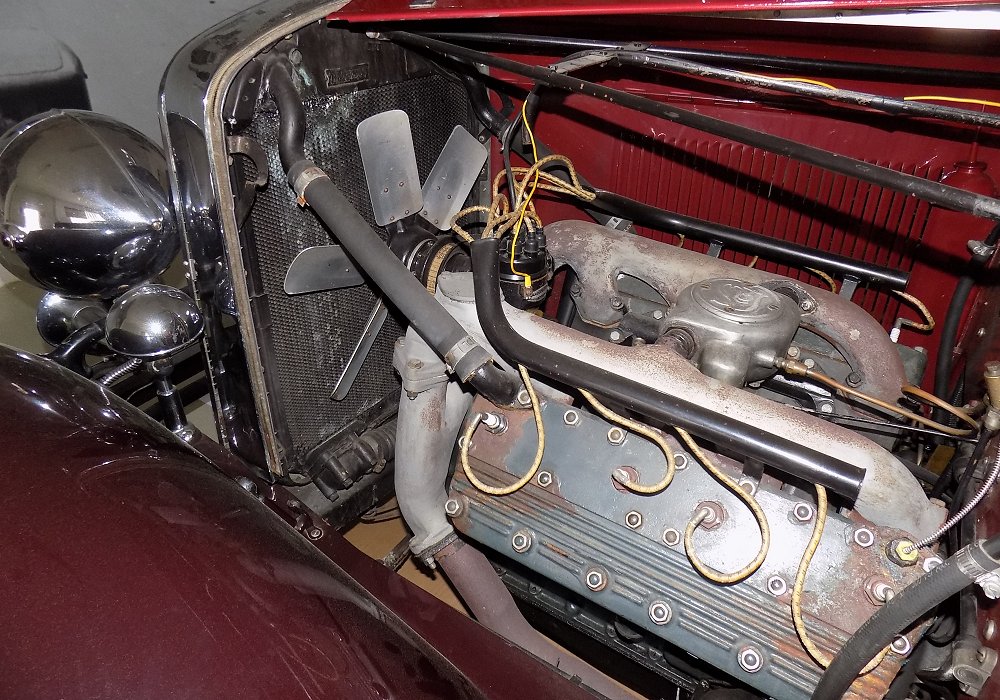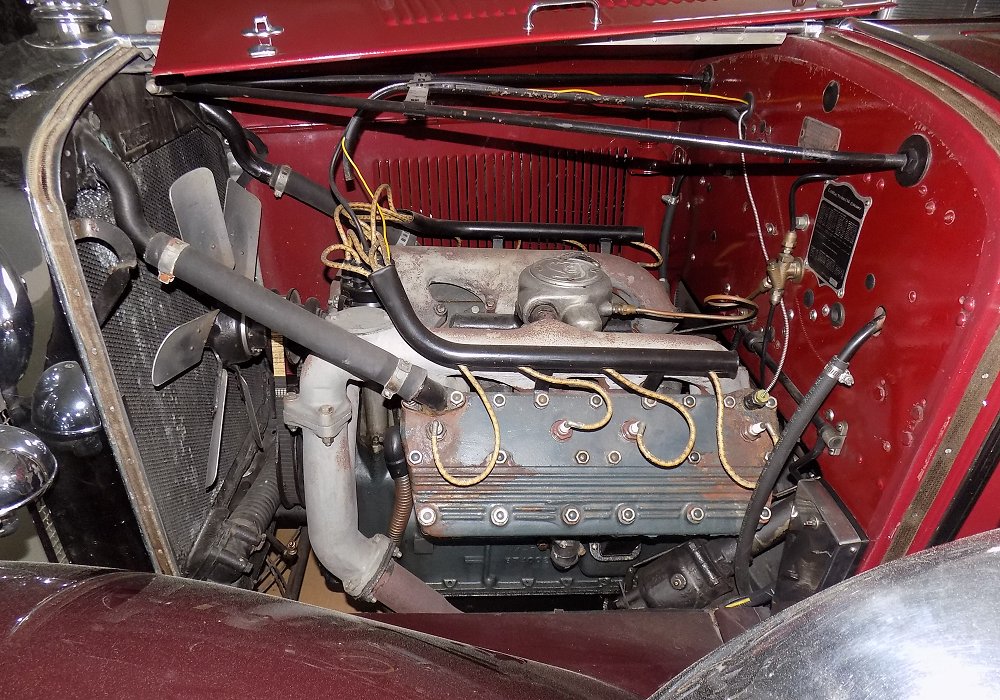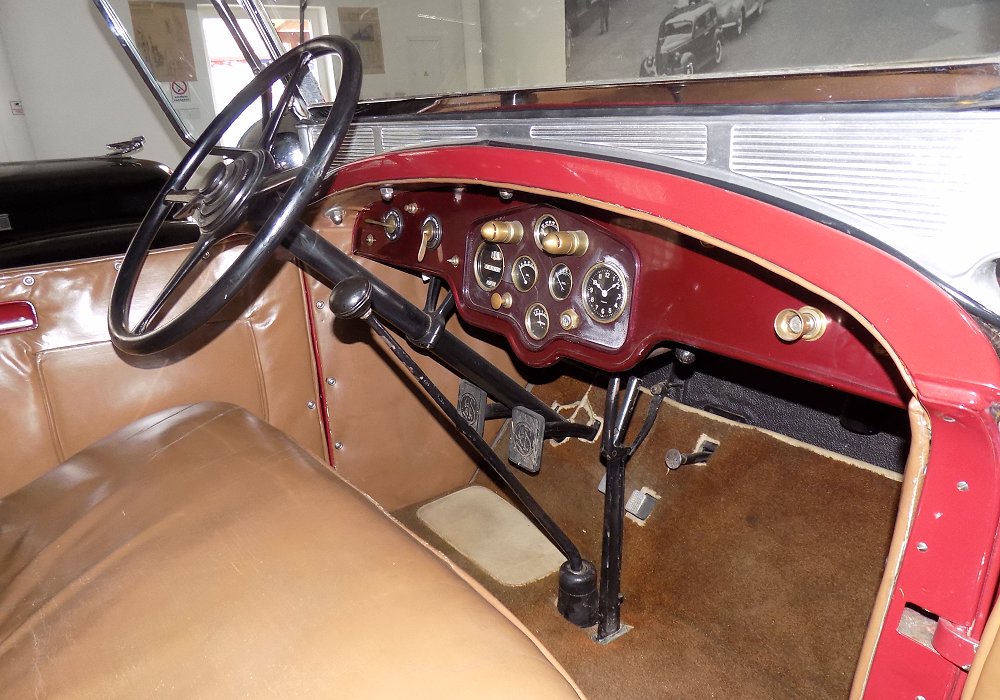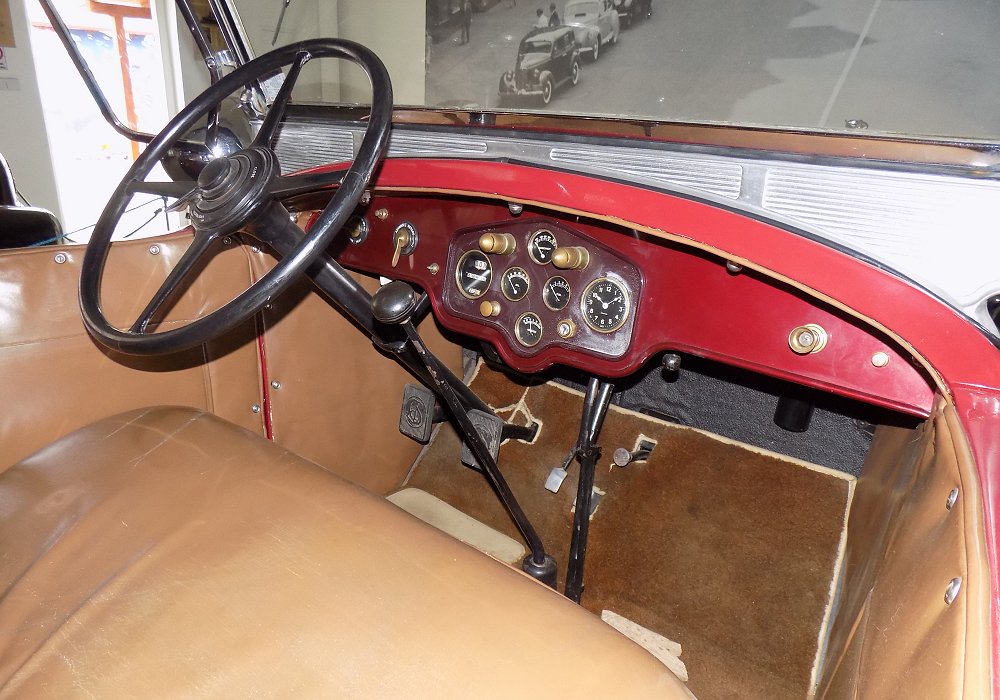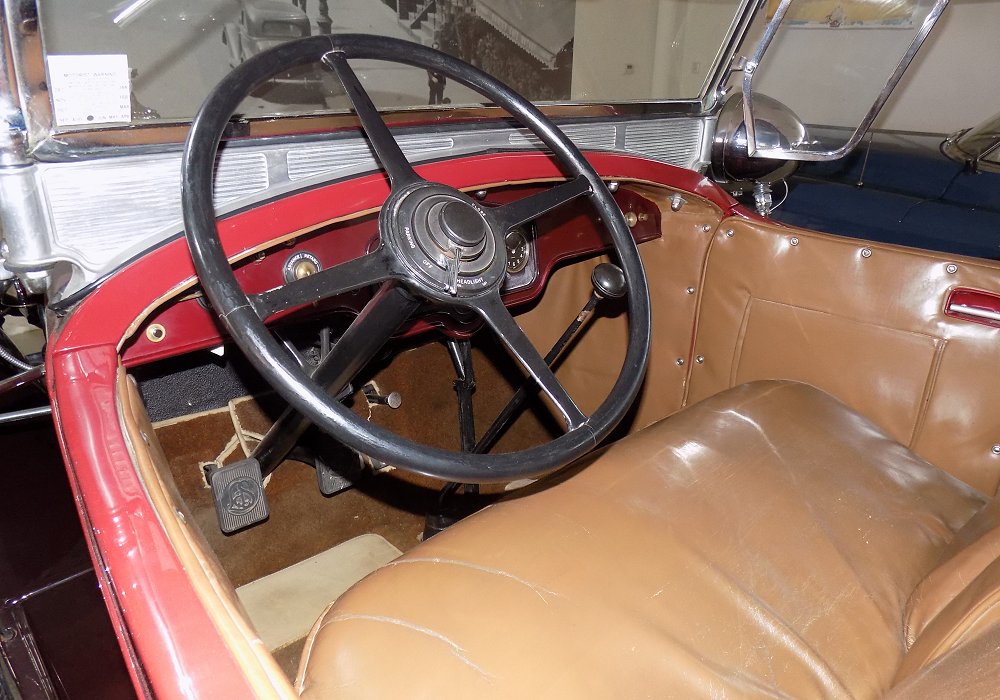Description
The LaSalle V8 303 Dual Cowl Phaeton was a car that perfectly captured the spirit of American motoring sophistication in the late 1920s—a period when the automobile was transitioning from mere transportation to an expression of luxury, performance, and style. Produced by General Motors’ LaSalle division, a brand created to bridge the gap between Cadillac and Buick, the 303 Dual Cowl Phaeton represented both the engineering prowess of Cadillac and the emerging artistry of automotive design. Elegant, powerful, and beautifully proportioned, it remains one of the most admired classics of the interwar years.
LaSalle was introduced in 1927 as part of General Motors’ plan to fill every niche in the growing automobile market. The company’s president, Alfred P. Sloan, envisioned LaSalle as a more youthful and stylish companion to Cadillac—something that offered Cadillac refinement with a sportier, more adventurous personality. To bring this vision to life, Sloan turned to Harley Earl, a young designer who had been creating custom bodies for Hollywood elites at Don Lee Coachworks. The result was revolutionary: the LaSalle 303 series, including the exquisite Dual Cowl Phaeton, marked the dawn of modern automotive design in America.
The LaSalle 303 was powered by Cadillac’s new 303 cubic inch (4.9-litre) L-head V8 engine, producing around 75 horsepower. This smooth and responsive engine gave the LaSalle performance that rivaled—and in some cases exceeded—many luxury cars of the era. With its light chassis and excellent power-to-weight ratio, the 303 could reach speeds of 80 miles per hour, an impressive figure for the late 1920s. Power was sent to the rear wheels through a three-speed manual transmission, and the car featured mechanical drum brakes at all four wheels, along with semi-elliptic leaf spring suspension front and rear. The result was a car that was not only fast but also stable and refined, capable of effortless long-distance touring.
The Dual Cowl Phaeton body style was one of the most striking and prestigious configurations available. Characterized by its divided cockpit, the design featured a second cowl and windscreen for the rear passengers—creating an effect of two separate compartments within one flowing body. This arrangement provided both visual drama and a heightened sense of exclusivity for passengers, who could enjoy the open-air motoring experience with protection from the wind.
Harley Earl’s design for the LaSalle 303 was groundbreaking. Unlike earlier American luxury cars that drew heavily from carriage-style bodies, the LaSalle embraced the low, sleek proportions of contemporary European sports cars. Earl took inspiration from marques like Hispano-Suiza and Isotta Fraschini, giving the LaSalle long, sweeping fenders, a low hood line, and a gracefully tapered rear deck. The Dual Cowl Phaeton version enhanced these lines with its elongated silhouette and flowing beltline that connected both passenger compartments in a single continuous curve. The radiator grille was narrow and delicately curved, flanked by bullet-shaped headlamps and topped by a graceful LaSalle emblem. The car’s restrained use of chrome and ornamentation conveyed refined confidence rather than ostentation.
The interior of the 303 Dual Cowl Phaeton was equally elegant. The front compartment was designed with the driver in mind, featuring a large, four-spoke steering wheel, a neatly organized instrument cluster, and high-quality switchgear. The rear compartment, separated by the second cowl and windshield, offered plush seating upholstered in fine leather and finished with meticulous attention to detail. Polished wood trim, chrome accents, and hand-fitted carpeting reflected Cadillac’s influence and craftsmanship. The rear windshield could be folded down when not in use, preserving the clean lines of the car’s profile.
Driving the LaSalle 303 Dual Cowl Phaeton was an experience that combined grace and vigor. The V8 engine delivered smooth, consistent power, allowing the car to glide effortlessly along country roads or through city boulevards. The steering was precise for the period, and the suspension provided a surprisingly compliant ride. The long wheelbase—125 inches—contributed to stability at speed and lent the car its majestic stance on the road. With its light weight and strong torque delivery, the LaSalle felt agile for its size, embodying the “junior Cadillac” philosophy that defined the brand.
The LaSalle 303 line was an instant success, earning widespread acclaim from both the public and the press. It was praised not only for its performance but also for its beauty. For the first time, an American automobile was being celebrated as an object of design rather than just engineering—a credit to Harley Earl’s vision. His work on the LaSalle so impressed General Motors’ leadership that he was soon appointed to head GM’s newly formed Art and Color Section, the first formal design department in the American automotive industry. In this sense, the LaSalle 303 Dual Cowl Phaeton was more than a car—it was the beginning of automotive styling as an art form.
The 1927–1929 LaSalle models, especially the Dual Cowl Phaeton, quickly became status symbols for wealthy young professionals and socialites who wanted something different from the traditional Cadillac. It was cosmopolitan, fashionable, and fast—a car equally at home at country clubs and along the Riviera. The model’s success also helped secure LaSalle’s place as one of the most admired marques of its time.
Today, the LaSalle V8 303 Dual Cowl Phaeton is revered as one of the most beautiful American cars of the pre-Depression era. Fewer than a handful of authentic examples survive, and those that do are prized by collectors for their craftsmanship, design significance, and historical importance. Its combination of technical excellence, Harley Earl’s pioneering design, and the sheer elegance of its dual-cowl layout make it one of the true icons of classic American motoring.
The LaSalle 303 Dual Cowl Phaeton remains a symbol of a pivotal moment in automotive history—the point where engineering met artistry, and where cars became more than machines. It stands as a masterpiece of proportion, detail, and poise, a car that not only defined a new brand but also helped shape the future of American design itself.
